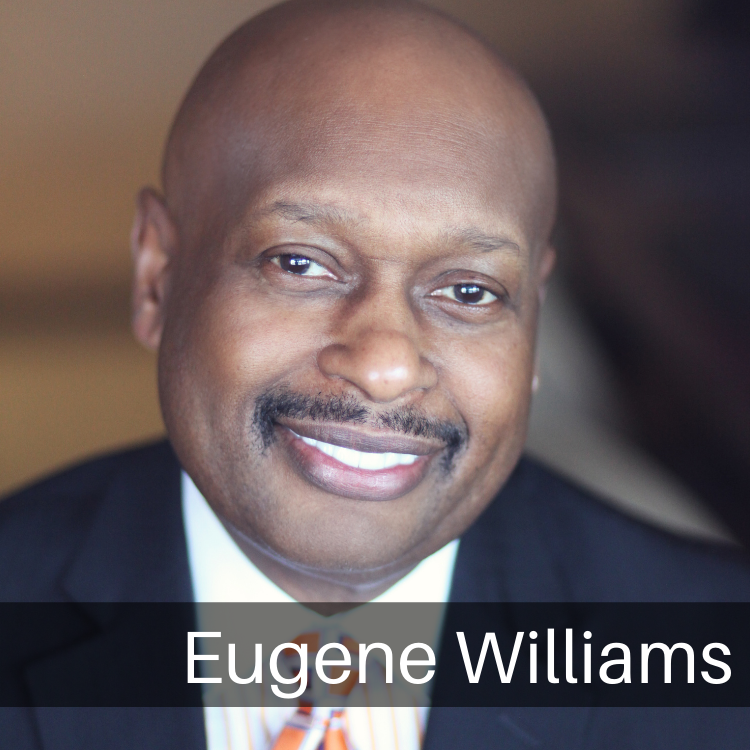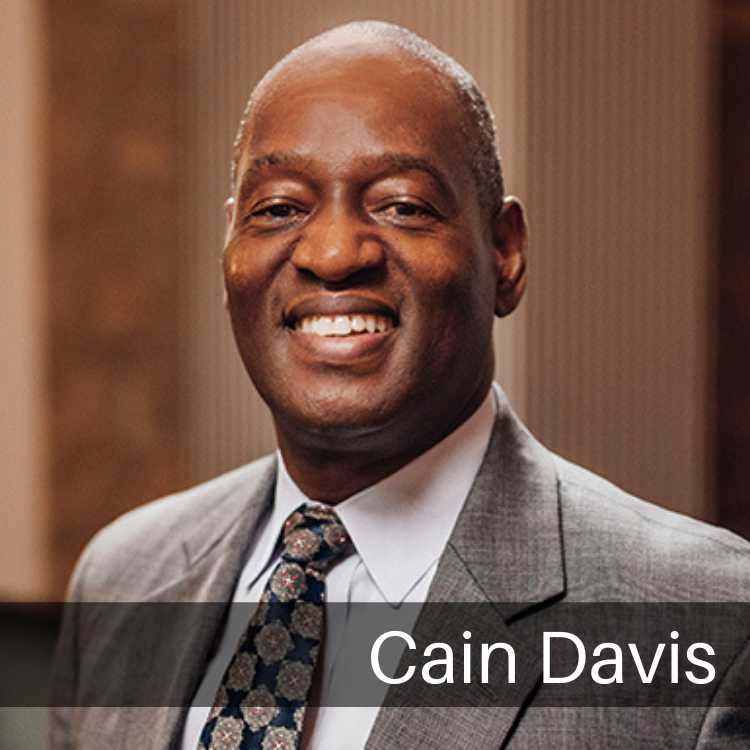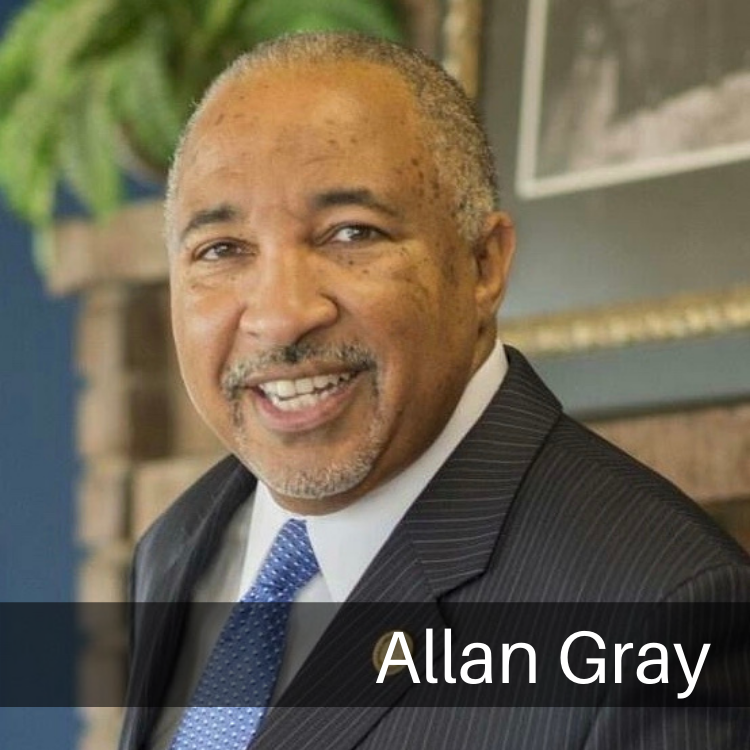Diversity & Inclusion in the Workplace
Cain Davis and Allan Gray, diversity and inclusion experts, joined host Eugene Williams on a recent KTWU Working Capital segment focused on discussing the opportunities and challenges of diversity and inclusion in the workplace.
Eugene Williams: 2020 was an interesting year fraught with many health, economic, political, environmental and social issues. The intersection of the economic issues brought on by the pandemic and the social uprising caused by a number of police shootings in the Black community gave rise to a renewed effort and discussion of diversity in the workplace.
We're honored to have two professionals with expertise in the area of diversity and inclusion to help us understand this renewed interest in diversity in the workplace and discuss what it means for your business. With me are Cain Davis and Allan Gray, business professionals with expertise in the area of diversity and inclusion.
Let’s see if we can define what diversity and inclusion actually means. What do you think?
Cain Davis: I think diversity is the drip to drop, and inclusion is the ingredients. You drop a bunch of people with different race, color, and/or sex in an organization, but when you start mixing them together, trying to figure out how operationally they’re going to give you the things that you want to help accomplish a mission, that’s the big task. Anyone can hire people to create diversity, but you need them to work together in a productive manner where they’re encouraging and helping each other become successful in the workplace.
Allan Gray: Hopefully, diversity starts with basic values. It’s where we value the individual. We value their experience. We value their background. And we look beyond race and look at the value that the individual brings to the organization—their ideas and placing their ideas on par with the ideas of individuals who have been the majority and in positions of power. Diversity, inclusion, equity—it is about a balance of power.
Eugene Williams: Talk about your experience in working with organizations to help them understand what you just mentioned.
Allan Gray: Organizations have tried to embrace diversity, to give them full credit, but organizations have looked at diversity as assimilation. They’ve looked at diversity often as just changing the color of the tablecloths. It changes nothing if you bring in a person of color, a person of a different ethnicity, but you expect them to think, act, and to perform in the same way that your existing culture has supported.
Eugene Williams: When you bring a diverse group together, your expectation is what Allan was saying, that they might be a part of the organization that already exists. Cohesion is a hard thing to create. Can you talk about that a little bit?
Cain Davis: I think one of the biggest problems with not obtaining cohesion around the diversity issue is, generally speaking, you have a CEO and his or her executive team who may go hire individuals. They may have diversity training, but they are very rarely involved in or understand what diversity and inclusion is. So many of their staff members become educated and they start taking diversity very seriously. But then, at a company function, you get an executive leader who stands up and does something just the opposite of what they are paying their employees to do. And so that divides the cohesion, and the minority staff quickly comes and says, well, if the top people are not supporting this, why are we going through this exercise.
Eugene Williams: How do you explain that to the people at the top?
Allan Gray: I’ve seen where diversity starts from the middle and works its way up. There, it’s generally pressure-oriented. Individuals that have come into the organization believe they lack a voice. And, I’ve seen it the other way, where well-meaning CEOs of an organization attempt to bring diversity into an organization, and there is an equally negative response from those at the middle management area.
It’s a tricky proposition, but I believe that it’s often better when the CEO endorses bringing diversity to the organization and the CEO sees it as part of their mission.
Eugene Williams: Why is corporate America so hot to embrace this topic now?
Cain Davis: It shows you the power of social justice. When people form, they can influence what happens, not just in communities, but in organizations. I think the biggest problem is many people who are embracing this, especially at the executive level, really are not understanding one, what their role is, and two, how to implement it, something that actually creates not just diversity, but the inclusion aspect of it also.
Eugene Williams: Now you’re suggesting that there might just be a surface level approach to this?
Allan Gray: Corporate America and organizations that are embracing diversity believe that all they have to do is have a program in place. All they have to do is hire a HR person that has diversity training. They put a diversity program in place and they’ve done their job and everybody will fall into the fold. But it goes beyond that because your employees have to see a true commitment to diversity, and that can be along a whole litany of areas that has to go beyond just diversity as a means of increasing your market share. You have to have true commitment.
Eugene Williams: Describe an experience that kind of defines what this whole issue around diversity and inclusion might be about.
Allan Gray: I was having lunch with two insurance executives one day, and they said they were interested in diversity and expanding their workforce. When I went back to my desk, I got a phone call from one of our volunteers for Alvin Ailey. She said she was looking for a position, and I told her to call those young men. Well, she did. I got a phone call and she says, “guess what? I got hired.” I said, “that’s great.” Then I get another phone call a few months later, she’s like, "guess what? I’m in their management program, they’re going to fast track me." A few months later, I get another phone call, “I’ve gotten through the management program, they’re giving me my own business now.”
I believe that’s real commitment. It goes beyond just the lip service.
Eugene Williams: Do you find that diverse candidates are extremely appreciative of the opportunities that might be presented to them?
Cain Davis: I think just as much as anyone else. You have lot of very diverse and qualified individuals, and oftentimes because of their lack of exposure, they are just not in the game. But, if someone is willing to give them a chance, just like the example that Allan just gave—she became an owner because she had the opportunity. Give them an opportunity.
Eugene Williams: What advice would you give to the C-suite when looking for diverse candidates?
Cain Davis: Find someone who understands the subject matter and take their advice.
Allan Gray: Give full support to whoever is in charge of your diversity and inclusion program. Have an open door to their ideas, suggestions and recommendations on how to make your company successful.
Eugene Williams: I really appreciate you gentlemen. Thank you so much for sharing.
TK








